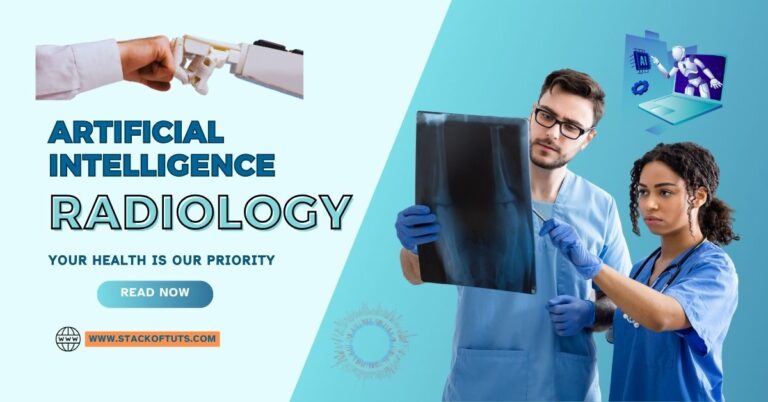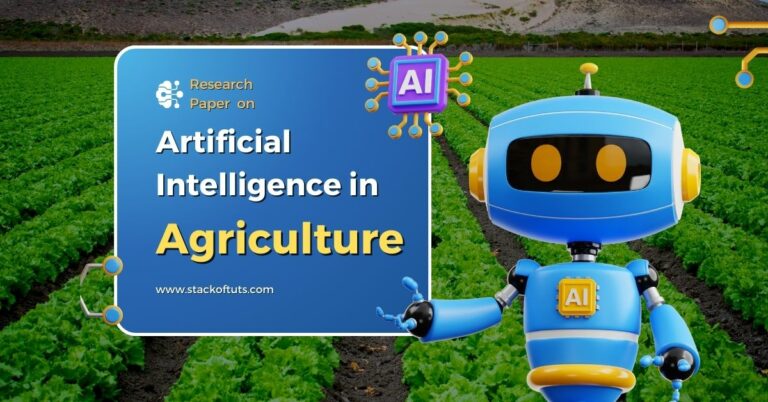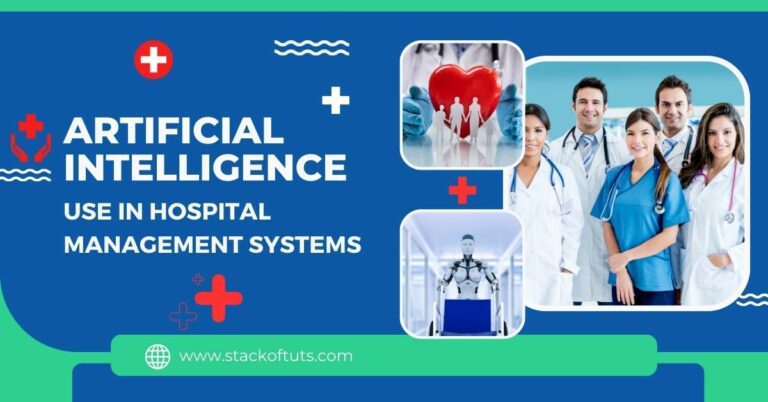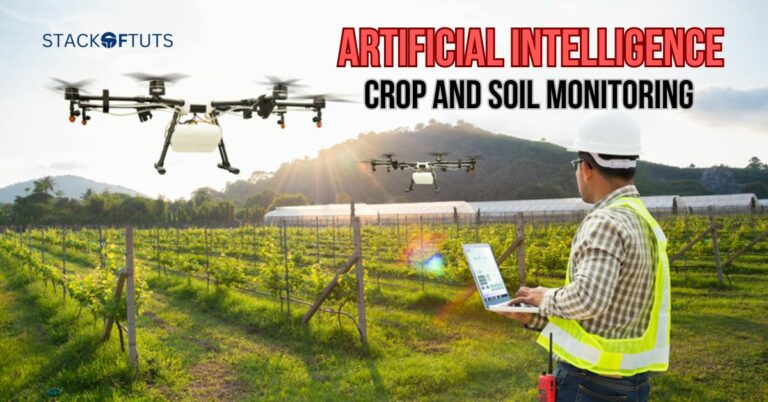
By 2050, global food consumption is expected to increase by 60%, yet many farms still use manual methods. Agriculture is transforming because of AI. Predictive AI and automated processes may greatly raise output and cut down on waste. AI in Agriculture Case Study, we look at how one mid-sized farm used AI for precision farming.
For a complete guide also read about Artificial intelligence used in Agriculture dive into this link for exclusive insights and captivating discoveries!”
The Need for AI in Agriculture

With the global population projected to hit 9.8 billion by 2050, there’s an impending need to increase food production. But how can we achieve this with limited resources? The answer lies in utilizing AI to optimize production and reduce wastage.
The Revolution of Farming Through AI
1). Predictive Analytics
Picture this: Instead of farmers guessing when to plant or harvest, predictive analytics can provide data-driven insights. AI can analyze weather patterns, soil quality, and crop health to suggest optimal planting and harvesting times.
2). Drone Technology
Ever thought of a bird’s eye view of a farm? Drones can do just that and more. They can identify areas of a field that are under-fertilized or detect pest infestations before they spread.
3). Automated Machinery
Robots that plant seeds or harvest crops? It’s not science fiction anymore. Automated machinery, powered by AI, can perform repetitive tasks more efficiently than humans.
4). Precision Agriculture
Imagine if every single plant got the exact amount of water and nutrients it needed. AI-driven precision agriculture makes this possible, ensuring that resources are utilized optimally.
Background: AI in Agriculture Case Study

John is a third-generation farmer managing a 500-acre corn farm in the Midwest. He’s seen his share of challenges over the years, from fluctuating commodity prices to unpredictable weather patterns. In recent times, he’s noticed an increasing variability in yields across different parts of his fields. This led him to explore precision farming techniques, particularly AI-driven solutions, to optimize his operations.
1. Problem Statement
John’s primary challenges were:
- Inefficient water usage due to a lack of localized data on soil moisture.
- Over and under-fertilization in different parts of the field leads to wasted resources and inconsistent yields.
- Pest and disease outbreaks were often detected too late.
2. AI-driven Solutions
- Smart Irrigation Systems: John integrated soil moisture sensors throughout his field that relayed real-time data to an AI algorithm. The system used this data to determine the optimal irrigation schedule for different parts of the field, ensuring efficient water usage.
- Nutrient Optimization: By combining soil analysis with AI algorithms, John could determine the precise nutrient needs of different parts of his fields. Drone imagery further provided data on plant health, helping the algorithm recommend precise fertilizer application rates and timings.
- Pest and Disease Prediction: Using AI-driven image recognition software, drones periodically scanned John’s fields for early signs of pest infestations or disease outbreaks. By detecting these issues early, John could intervene before they became widespread, thus saving potential losses.
3. Implementation
- John partnered with a tech company specializing in agricultural AI solutions.
- Sensors and drones were deployed across his fields, with all data being transmitted to a central cloud-based system.
- The AI algorithms processed this data, providing John with actionable insights via a dashboard on his smartphone and computer.
- Initial calibration was necessary, requiring soil samples and manual verification. However, as the system learned more about John’s fields, its predictions and recommendations became more accurate.
4. Results
- Within the first year, water usage was reduced by 20%.
- Fertilizer costs dropped by 15% due to more efficient application.
- Early pest and disease detection prevented potential losses, increasing overall yield by 10%.
- The ROI for the technology was realized within 2 years.
5. Challenges & Lessons Learned
- Initial setup costs were high, requiring substantial investment.
- Some parts of the field had connectivity issues which were resolved with additional infrastructure.
- John learned the importance of continuously updating and calibrating the system for best results.
Potential Drawbacks and Concerns
While AI is promising, it’s essential to acknowledge potential drawbacks. There’s the risk of job losses, high initial investment costs, and the need for training farmers to use these new technologies.
Future Perspectives
The fusion of AI and agriculture is just the beginning. As technology continues to evolve, we might see fully automated farms and more sustainable food production methods.
FAQs
Drones can provide aerial views, detect pests, and assess crop health, enabling timely interventions.
While the initial costs might be on the higher side, the ROI, in terms of increased yields and reduced wastages, can quickly offset these expenses.
AI will aid farmers rather than replace them. It’s about equipping them with tools to farm more efficiently.
Yes, with continuous learning and data, AI can help farmers adapt to changing environmental conditions.
The future is promising with fully automated farms, precision agriculture, and sustainable farming practices becoming the norm.
Conclusion
The integration of AI into John’s farming operations transformed the way he managed his crops. With precise data and actionable insights, he could make informed decisions that significantly improved resource efficiency and yields. This case study underscores the potential of AI in revolutionizing agriculture, making it more sustainable and productive for future generations.
Thanks!





